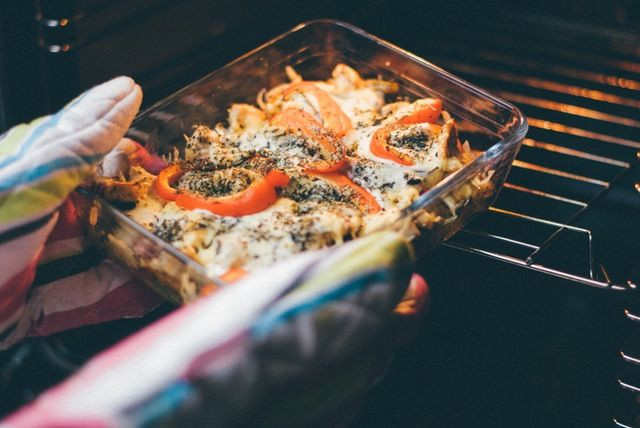Doggie Bag Food Safety: How To Reheat Leftover Food For The Best Taste

We’ve all been faced with this dilemma: we go to a restaurant, order more food than we can eat, and debate whether we toss it, or ask for a doggie bag. If we bring our leftovers home, chances are they're going to be tomorrow’s lunch or dinner, but is it actually safe to reheat? Can we get food poisoning?
In Brit Lab's video, “Is It Safe To Re-Heat Takeaways?” host Michael Mosley explains how to practice good food hygiene by avoiding food poisoning from reheated leftovers. When we opt to recook food, we may be among the 1 in 6 Americans who get food poisoning every year. However, we can reduce the likelihood of foodborne illness by reheating our food thoroughly to kill all the bacteria.
We're probably not going to make our food more appetizing by zapping the bacteria to death, but we must make sure it's cooked properly. When using a microwave, Mosley suggests our food should be 180 degrees Fahrenheit all the way through to be safe. We should also be sure to stir and then re-zap at least once so the food is thoroughly cooked.
One food that's tricky to reheat is rice. It can get infected with bacteria called bacillus cereus, which in turn produces toxins that can cause diarrhea and vomiting. These toxins are also heat stable, meaning re-heating will not kill the toxins. Therefore, it's important that rice is cooled, put in the fridge, stored away, and only reheated once.
Remember, leftovers can be kept for three to four days in the refrigerator. Be sure to eat them within that time. Afterwards, the risk of food poisoning increases.
Published by Medicaldaily.com



























